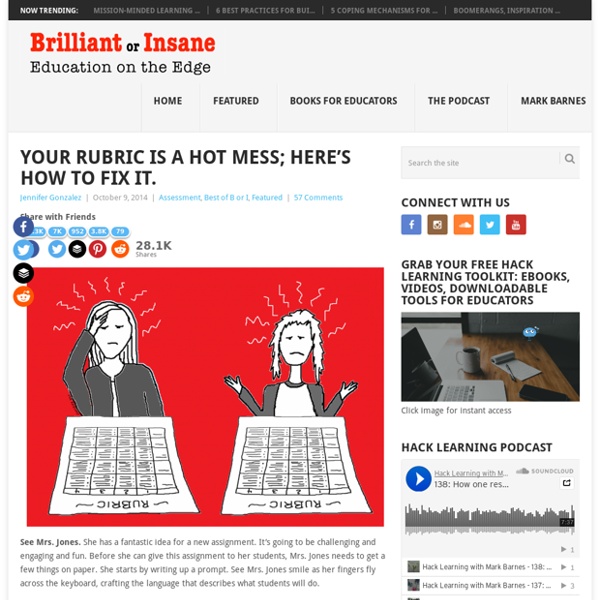How do You Remove the Unused Parts of Cropped Screenshots in Microsoft Office Documents?
When you add a screenshot to a Microsoft Office document and crop it, you most likely give no further thought to the unused portions, but did you know that they are still there and could pose a security risk if they contain sensitive information? Today’s SuperUser Q&A helps a worried reader retain only those parts of the screenshots needed while permanently getting rid of the rest. Today’s Question & Answer session comes to us courtesy of SuperUser—a subdivision of Stack Exchange, a community-driven grouping of Q&A web sites. The Question SuperUser reader user462760 wants to know how to stop Microsoft Office from retaining the unused parts of cropped screenshots in documents: I made a worrying discovery that after cropping a screenshot in Word, PowerPoint, and likely other Microsoft Office programs, the unused parts of cropped screenshots are retained.
10 Exit Slip Prompts that Will Work for Any Class
If you’re not using exit slips, you really should try them. Basically, you give students a quick prompt at the end of class (or for elementary, at the end of the day or the end of a subject). Then the students have just a couple minutes to write an answer and turn it in. Why You Should Use Exit Slips: Writing increases students’ participation. When you ask a question in class, one or two students answer out loud and maybe a few more have their hands raised.
Rubrics Library for Teachers
Highlights Videos Interested in using different types of media in your classroom? We have a growing collection of videos, with related activities, for holidays and events, including: slavery & the Civil War, American History, U.S.
Personal Narrative Writing Rubric
Hello! It's Hannah from The Classroom Key. Today I've got a kid-friendly rubric for evaluating personal narrative writing. This rubric breaks personal narrative writing down into four components for your students to focus on. I've used this rubric a few different ways.
How to Make Time for Reflection in the Arts Classroom
Let’s be honest, when an art project goes long, or a class is a little crazy, structured reflection is the first thing to go. This happens in spite of the fact that we KNOW reflecting makes all the difference when it comes to students retaining their discoveries and being able to apply their learning in other contexts. In the words of John Dewey, “We do not learn from experience…we learn from reflecting on experience.” Like most things that are of paramount importance, creating an environment in which meaningful reflection can happen is difficult, especially if you are a teaching artist who only temporarily inhabits another teacher’s classroom.
6 Types Of Assessment Of Learning
6 Types Of Assessment Of Learning by TeachThought Staff If curriculum is the what of teaching, and learning models are the how, assessment is the puzzled “Hmmmm”–as in, I assumed this and this about student learning, but after giving this assessment, well….”Hmmmmm.” So what are the different types of assessment of learning? This graphic below from McGraw Hill offers up six forms; the next time someone says ‘assessment,’ you can say “Which type, and what are we doing with the data?”
Educational Technology and Mobile Learning: 3 Great Google Drive Tools for Grading Assignments
November 3, 2015 Below are three great tools to help you with creating, grading and distributing class assignments. While Chalkup is directly integrated with Drive, Flubaroo and Super Quiz are add-ons that you need to install on Google Sheets. 1- Flubaroo
The Secret to Drawing Meaningful Reflection Out of Your Students - The Art of Ed
If your students blog about their art as mine currently do, you understand the rich reflection that blogging can produce. When students reflect on both their finished pieces and the processes they went through to create them, they tend to communicate more in writing than they would in a class critique. As you read the writing, you discover much about the art and the student’s reason for making it.



